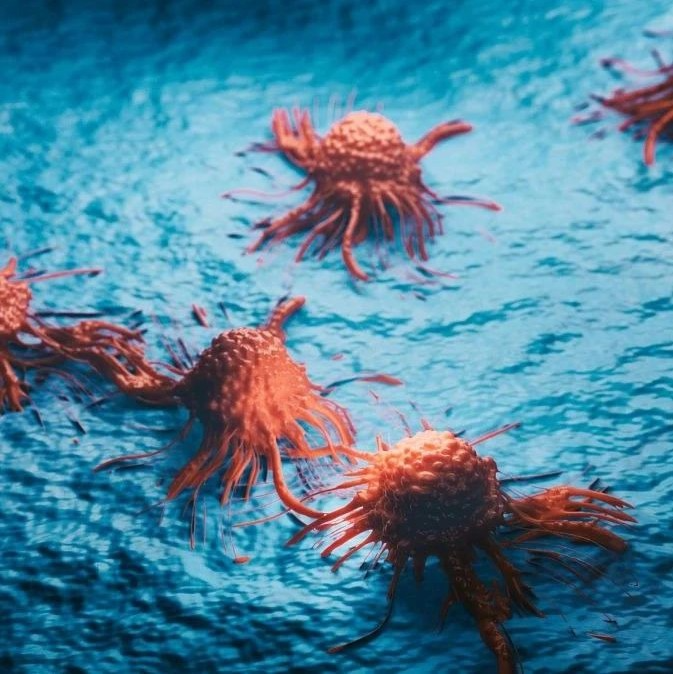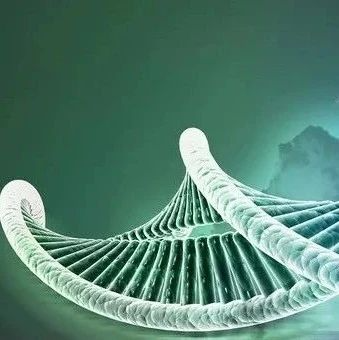自1960年代以来,纳米比亚离岸的本格拉(Benguela)生态系统经历了沙丁鱼水产业的崩溃以及被海蜇和微生物取代的事件。
因为过度捕捞,这种取代已经日益成为一种全球性的问题。 根据Anne Utne-Palm及一个国际同僚团队披露,令人感到好奇的是,在本格拉系统中,一种地方性特有的鱼类品种(即带须的虾虎鱼)在这种情况下变得繁盛起来,并部分地恢复了该生态系统的食物链。 在非洲西南岸的本格拉北部的上升流系统曾经是世界上产量最高的海域之一,支持着工业规模的水产业。 然而,过度捕捞加上不好的环境条件驱使了沙丁鱼水产业的崩溃,从而极大地改变了该生态系统的结构。 在该水产业崩溃之后的海蜇生物量的大规模增加被看作是一种营养的“死胡同”,但是,新的研究提示并非如此。
Utne-Palm及其同僚在2008年应用多种方法分析了水中及纳米比亚离岸海底的情况。 他们将这些数据与对带须的虾虎鱼的行为及生理学实验以及对这些虾虎鱼的胃内容物的观察进行了综合考查。 其结果可帮助解释为什么虾虎鱼会变得繁盛,尽管海鸟和其它过去进食沙丁鱼的动物对其的掠食是有所增加的。 研究人员报告说,这些虾虎鱼栖息或藏匿在富含硫化物和藻类的泥浆中,而这种环境自从这些水域丧失了其大部分的氧气以来已经变得常见。 它们的身体还能够经受住这些低氧的环境。 虾虎鱼还会进食海蜇及这种泥浆,从而将这些资源转移回该食物链。(生物谷Bioon.com)
生物谷推荐原文出处:
Science DOI: 10.1126/science.1190708
Trophic Structure and Community Stability in an Overfished Ecosystem
Anne C. Utne-Palm,1,* Anne G. V. Salvanes,1 Bronwen Currie,2 Stein Kaartvedt,3,10 G?ran E. Nilsson,4 Victoria A. Braithwaite,5,1 Jonathan A. W. Stecyk,4 Matthias Hundt,1 Megan van der Bank,7 Bradley Flynn,7 Guro K. Sandvik,4 Thor A. Klevjer,3 Andrew K. Sweetman,8 Volker Brüchert,9 Karin Pittman,1 Kathleen R. Peard,6 Ida G. Lunde,4 R?nnaug A. U. Strandab?,4 Mark J. Gibbons7
Since the collapse of the pelagic fisheries off southwest Africa in the late 1960s, jellyfish biomass has increased and the structure of the Benguelan fish community has shifted, making the bearded goby (Sufflogobius bibarbatus) the new predominant prey species. Despite increased predation pressure and a harsh environment, the gobies are thriving. Here we show that physiological adaptations and antipredator and foraging behaviors underpin the success of these fish. In particular, body-tissue isotope signatures reveal that gobies consume jellyfish and sulphidic diatomaceous mud, transferring "dead-end" resources back into the food chain.







